Does it seem to you that kids are less happy and healthy than they were when you were young? As children, we didn’t have all the electronic gadgets and hundreds of television channels to watch that are the norm in 2023. Parents didn’t feel as though their children needed to be entertained 24/7 and food was normally simple fare cooked at home.
Now, I don’t want you to think that I long for “the good old days” and eschew modern advancements; far from it! I’m typing on my 16GB computer and I love being able to do research right from my home rather than running to the library when I want to know something. I enjoy my air fryer and my large screen TV and the onboard computer in my car that warns me when another car is in my blindspot. I like contacting my friends and family in other states by email or instant messaging as well as the next person.
But there are some things that we need to bring back to have happier, healthier kids. In this article, I’m going to point some out. See if you can fit some of them into your own life for your young family.

Get them outside!
Kids need time in the great outdoors to do nothing more than be kids. One of my favorite poems from childhood talks about the wonderful feeling of wiggling your toes in mud. Mud! Yes, digging in the dirt is actually good for kids, as is running barefoot in grass, climbing trees, and pumping the swing to see how high they can go (that’s another favorite poem).
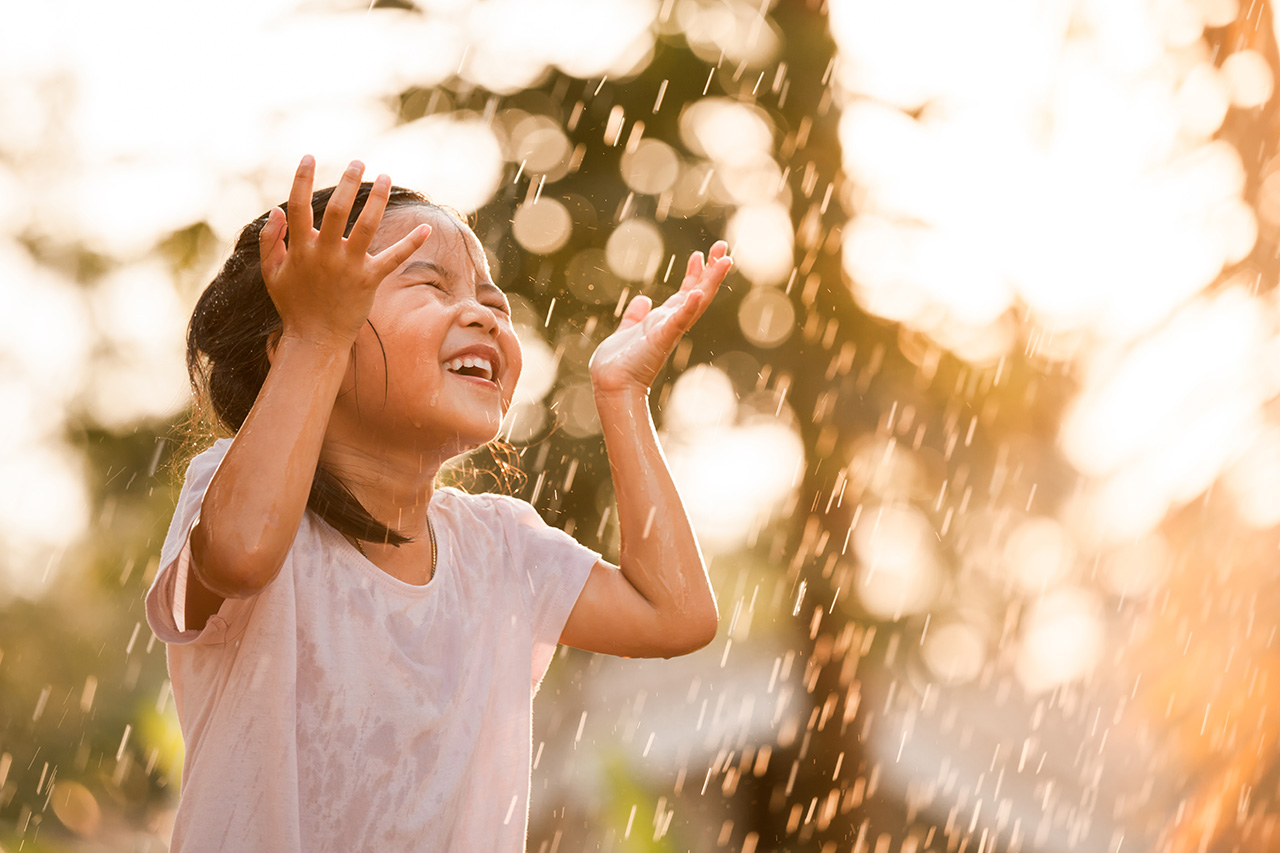
Kids need to build social skills, and believe it or not, they don’t need structured lessons or videos to teach them. Outdoor play is a better teacher than a school room for developing social skills. The Journal of Science and Medicine in Sport published a study[2] that found empathy, engagement, and self-control were greatly increased by kids playing outside. These critical social skills lead to happier, healthier relationships.
Another study discovered that children who develop these crucial skills are twice as likely to continue their education beyond highschool. The results also found that these kids were less likely to abuse drugs and alcohol, less likely to be obese, and less likely to be violent. These are all things we want for our children!
So, get them outside every day, even if the weather isn’t ideal. Let them ride bikes, play with their friends, and run around like kids did when they weren’t glued to a screen.
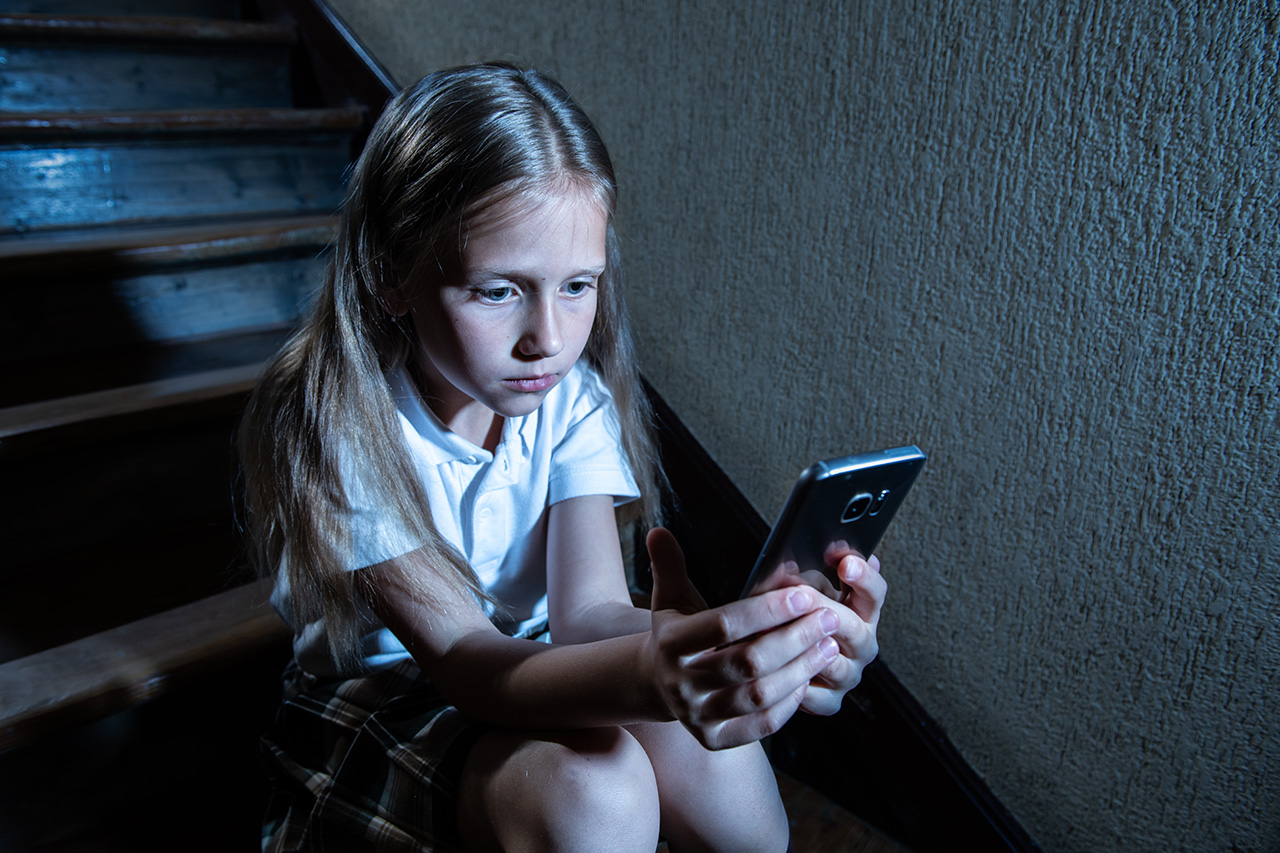
Turn off the screens.
My grandson loves to play video games. Maybe yours thinks that it takes a virtual reality to make him happy. But a 2018 study in the journal Emotion[3] doesn’t agree. According to the study, adolescents who were engages more in sports, homework, religious activities, and other person-to-person activities were happier than those who spent more time on their digital devices.
Many families have adopted “no screen” times such as during family activities (including meals), anytime others are in the room, or until after homework is done. Others have more restrictive rules, such as no screen time until after supper and homework, or only on weekends.
Instead of resulting in grumpy kids, those who understand your screen limits will find other ways to amuse themselves that may end up even more fun than endless hours of computer games.

Being grateful.
Here I’m not talking about the forced “Tell Aunt Sue thank you!” Practicing genuine gratitude—according to a 2012 study—discovered that grateful people have more satisfying relationships.[4] And more fulfilling relationships are one key to happier lives.
The best way to instill a sense of gratitude in your children is to model it in your own life. Do you regularly thank your children and others for the things they do? Do you smile and express gratitude for a sunny day or a walk with your family? Although thinking of things you are grateful for and sharing them at the dinner table is a good way to practice gratitude, spontaneous thankfulness for unexpected reasons is likely to make your kids more grateful for the things around them.
Instead of calling or sending a text message, encourage your child to write a note the old-fashioned way. Don’t just say thank you, though. Encourage her to be specific about what she’s grateful for, whether it’s the new book she’s been wanting to read or the extra time her coach took to help her learn a new skill.

Reach for the moon.
There’s a saying that says, “Reach for the moon; even if you miss you’ll land among the stars.” So, set high—but reasonable—expectations for your children. Most kids want to be, but very few want to become. That’s why there are abandoned musical instruments in so many homes. It’s not always fun to practice long hours, but the rewards are there if your child is motivated by encouragement to stick it out. Your expectations are especially impactful on your kids’ willingness to challenge themselves when they are tired of continuing. If your expectations are reasonable and your encouragement cheerful, your children will work hard to meet them.
Sometimes, kids give up on school because no one expects them to succeed. When parents have high academic expectations for their children, they tend to do better and try harder to reach goals and finish tasks. Parental expectations are linked to both scholastic and social resilience[5]
But there is a big difference between reasonable expectations and perfection. It is possible to set the bar too high—and have it backfire on you. Children who are expected to be perfect are at risk of mental health issues. When the bar is set impossibly high, your child may just quit, feeling that the goal is unattainable.
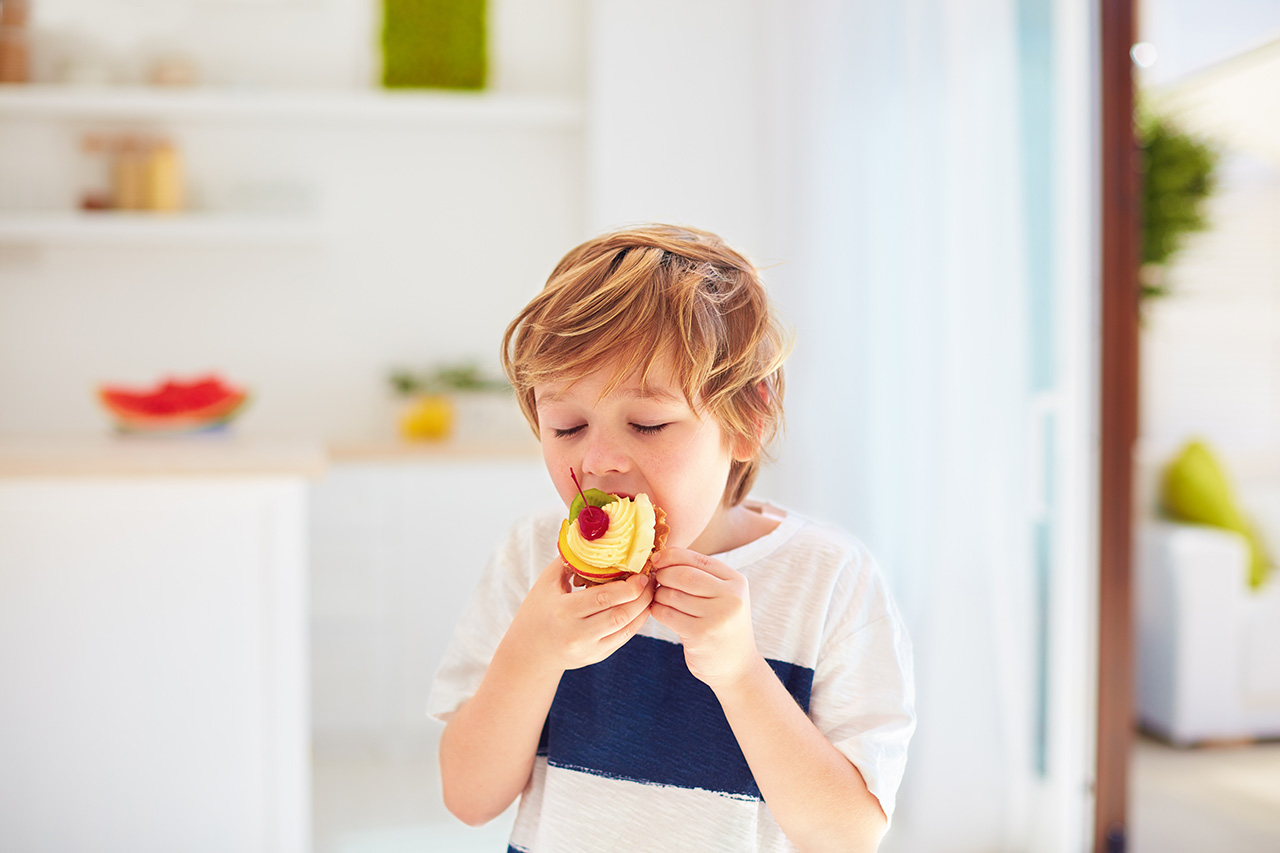
Self-control.
All people, regardless of age, are subject to poor moods resulting from lack of self-control. Harmful behaviors—like eating that extra cookie or neglecting a task to do something more fun—might be rewarding in the short term, but in the long run, lacking self-control hurts more than it helps.
Set your children up for success. Limit access to whatever is particularly tempting to your children.The Journal of Personality reported that a 2014 study found people with self-control reported more good moods.[6]

Help others.
Many studies link altruism and happiness. It is a cycle that leads to happiness: being kind to others makes people happier which in turn makes them kinder. The Journal of Social Psychology published a study in 2010 in which participants were divided into three groups.[7] One group was told to do something new, one group received no instructions, and the last group were told to do something kind every day. As expected, the group without instructions didn’t change. Both of the other two groups, though, after just 10 days were much happier.
So how do you get your kids to help others? Many children are intuitively kind. They see a need and want to remedy the situation. But to be a lifelong kind person requires intentionality. Find ways to involve your kids in altruistic behavior. Make it a family goal that everyone looks for one kind act every day to discuss over a family meal. Volunteer a couple of hours a week at an organization that helps those down on their luck. Set aside money to give to charity and let kids help decide where the money should go.
In our family, when kids were no longer small, we gave them money for Christmas gifts that they could use to bless someone less fortunate. The beaming faces of our kids when they gave was so much more lasting than when they received stuff they didn’t need and that didn’t hold their interest for long.
And who doesn’t want to see their child’s smiling face?
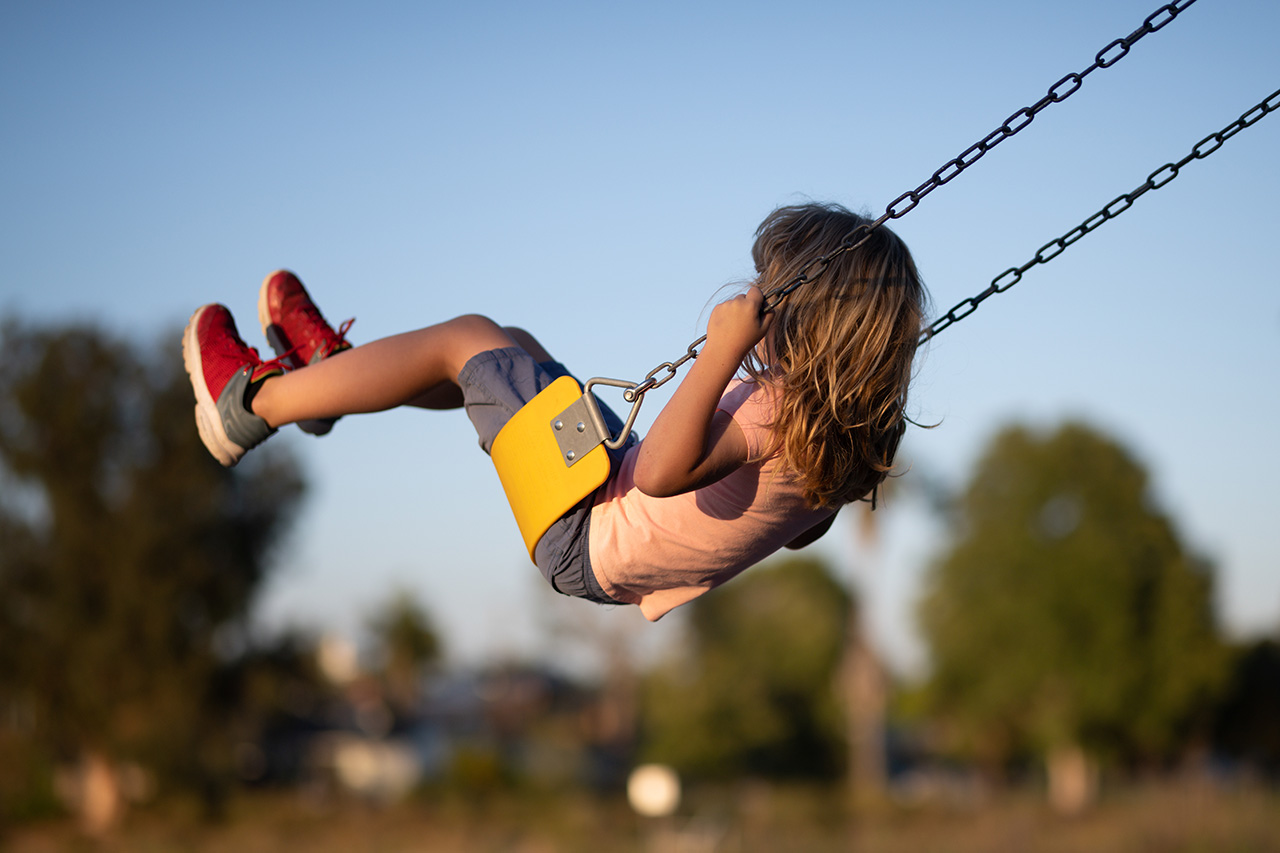
The Swing
By Robert Louis Stevenson
How do you like to go up in a swing,
Up in the air so blue?
Oh, I do think it the pleasantest thing
Ever a child can do!
Up in the air and over the wall,
Till I can see so wide,
Rivers and trees and cattle and all
Over the countryside—
Till I look down on the garden green,
Down on the roof so brown—
Up in the air I go flying again,
Up in the air and down!
Source: A Child’s Garden of Verses (1999)
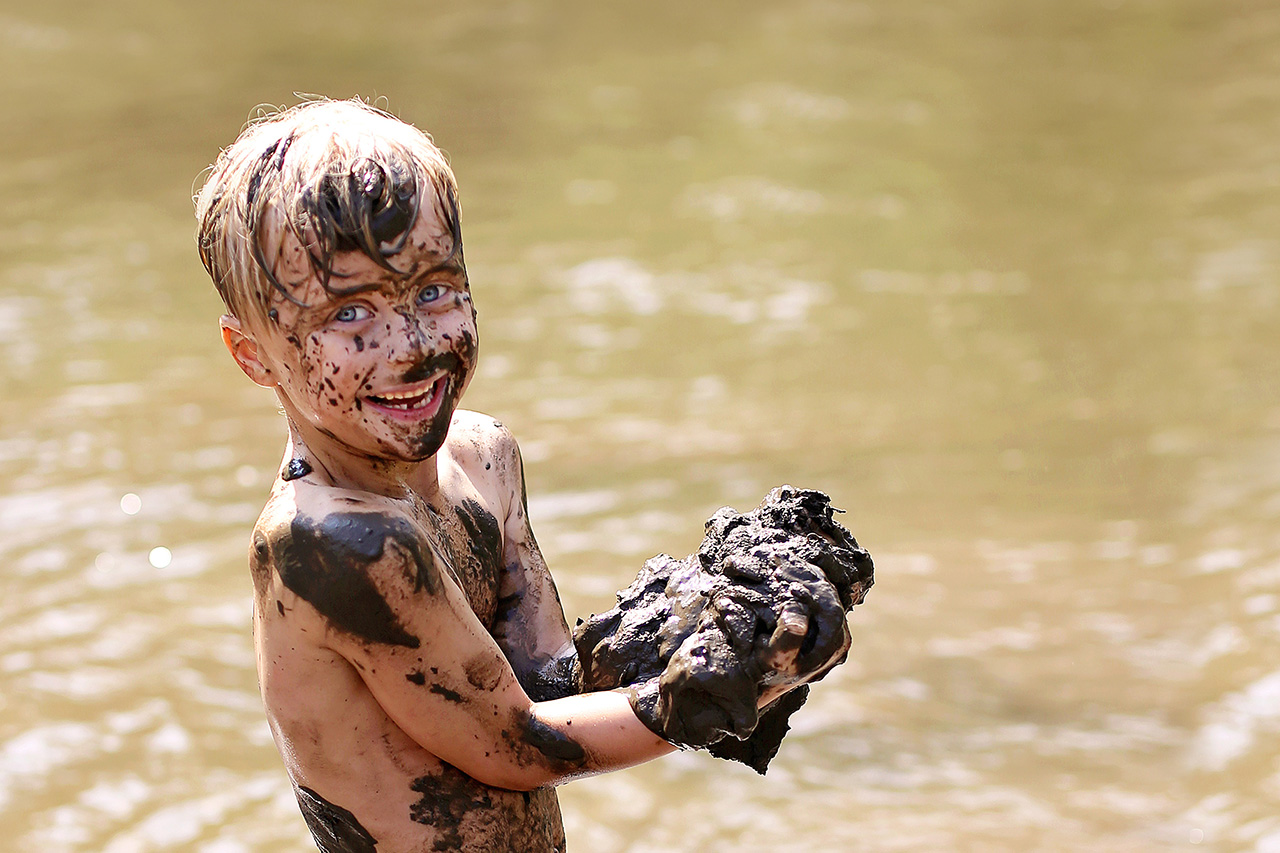
Mud
By Polly Chase Boyden
Mud is very nice to feel
All squishy-squash between the toes!
I’d rather wade in wiggly mud
Than smell a yellow rose.
Nobody else but the rosebush knows
How nice mud feels
Between the toes.
This poem is in the public domain.
[1] Morita E, Fukuda S, Nagano J, et al. Psychological effects of forest environments on healthy adults: Shinrin-yoku (forest-air bathing, walking) as a possible method of stress reduction.
[2] Hinkley T. Cliff D. Lum J. Hesketh K. Active Minds Happy Kids: A Stealth-Based Pilot Intervention Targeting Preschoolers’ Screen-Time, Outdoor Play and Social Skills.
[3] Twenge, J. M., Martin, G. N., & Campbell, W. K. (2018). Decreases in psychological well-being among American adolescents after 2012 and links to screen time during the rise of smartphone technology.
[4] Algoe SB. Find, Remind, and Bind: The Functions of Gratitude in Everyday Relationships. Social and Personality Psychology Compass.
[5] Yamamoto Y, Holloway SD. Parental Expectations and Children’s Academic Performance in Sociocultural Context. Educ Psychol Rev.
[6] Hofmann W, Luhmann M, Fisher RR, Vohs KD, Baumeister RF. Yes, but are they happy? Effects of trait self-control on affective well-being and life satisfaction.
[7] Buchanan KE, Bardi A. Acts of kindness and acts of novelty affect life satisfaction.

